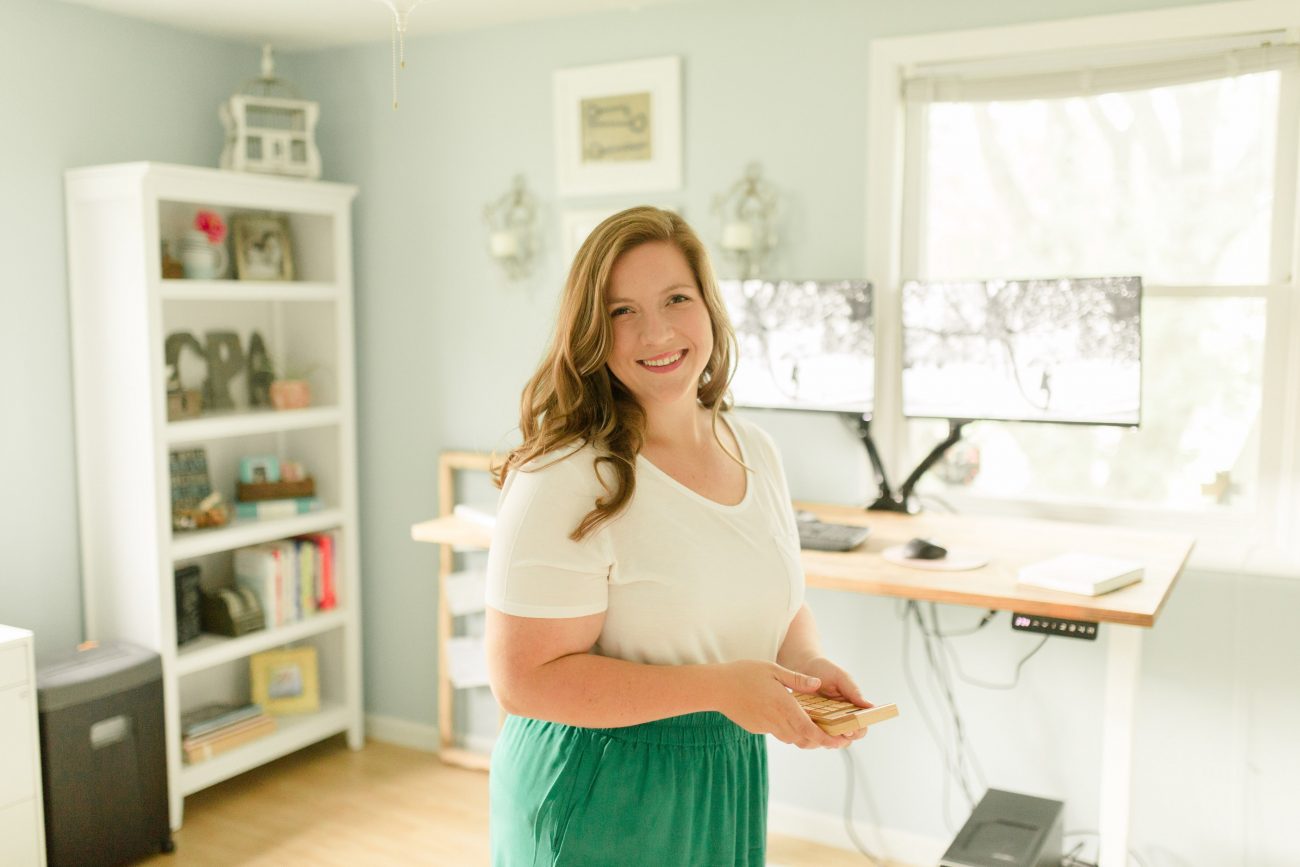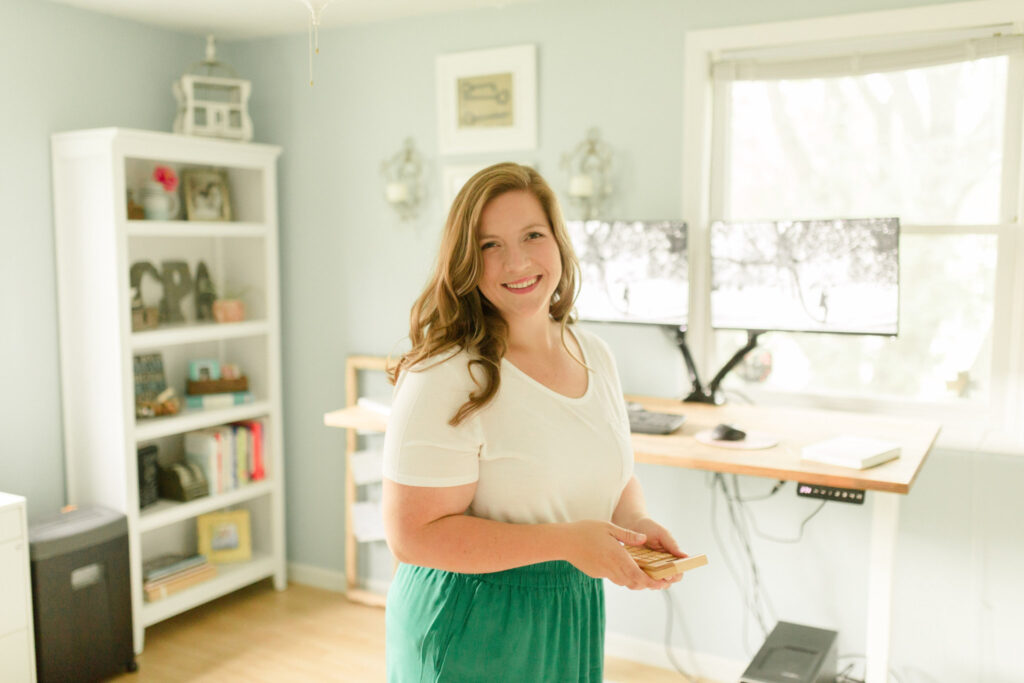Through the years, I’ve had the pleasure of working with many different types of service-based creative businesses, from photographers to dog walkers. No matter what service they are providing, each creative entrepreneur seems to have one big question: How much should I charge?
Part of having a healthy money mindset in your business means you should continuously re-evaluate the amount you’re charging for your service. These numbers should and will change as your business and experience grows. Keep in mind that what you and your service are worth, in terms of money, should grow right along with your business.
While the amount to charge can vary widely across industries, I’m going to teach you how to set a base price so you know your business will be profitable. This will also ensure that you are comfortable when providing quotes and online invoices to potential clients.
Below you will find 6 easy steps you need to follow in order to properly price your services.

Step 1: Know Your Profit Goal
First things first, it’s important to know how much money you need to bring in each month in order to be profitable. You should also have a good handle on your breakeven goal and constantly have these goals in mind.
Of course, your actual profit and cash flow will fluctuate monthly—especially in some industries—but it’s important to make sure you have your mind on the money.
If you don’t know how much you need to make each month, or if you want to make sure you have a good number in mind, check out my article explaining how to calculate your business profit.
You’ll need your business profit number to get the best results in this exercise, so don’t skip this step!
Step 2: Use the Worksheet to calculate how much to charge
Next, snag your free profit worksheet so that you can fill it out as you go through the steps in this post.
Step 3: Calculate Your Time
We’ve all heard it before: “Time is money!”
As a service-based business owner, that couldn’t be truer. Your time is spread thin. Sometimes we forget how much time it actually takes to produce the final product for our clients.
If you’re not factoring in how much time you spend with each type of client you serve, you might be missing the mark when you build your pricing and packages.
My advice is to write out your workflow for each type of client you serve and track the amount of time you spend on each task. When laid out like this, many of my clients are often surprised by how much time they actually spend with each client.
To calculate your time, think about each and every task it takes to get the job done. You should include in this calculation the cost of any goods or services you sell.
Some often forgotten tasks include:
- Answering emails
- Phone calls
- Booking
- Travel time
- Editing
- Ordering
- Packaging
- Writing Thank You’s
On your worksheet, this final number is called your “Time Per Client in Hours.”
Step 4: Know Your Client Goal
Now, you’ll want to set a monthly goal for how many clients or sessions you want to book per month.
If you aren’t working with your ideal amount of clients right now, that’s okay! For this exercise, use the ideal number of clients you’d like to have so we can work through your pricing.
To come up with this number, think about weeks or months of your business so far that have just “felt right.” These are the times when you were able to handle all tasks with confidence and when you felt like your clients were getting the best of you and your service.
During those times, how many clients were you working with at once?
It might seem counterintuitive, but many times, my clients find more success working with a smaller number of clients each month. If you properly calculate how much to charge your clients, you might find this to be true for you and your business as well.
Step 5: Find Your Balance
Since we’re talking about time-related goals, let’s hit work/life balance real quick.
Now that you know the total amount of client hours you’re aiming to work per month, make sure that doesn’t equal or exceed the total amount of hours you’d like to work in your business.
If you want to work a maximum of 40 hours per week, which is roughly 160 hours any given month, the amount of time you spend on client work should be less than 160.
Think about all of the other non-client related tasks you have when coming up with this number. Items to consider include:
- Answering emails
- Marketing
- Social media
- Networking
Step 6: Crunch the Numbers
Now it’s time for number crunching! If you’ve calculated your needed monthly business profit, then you’re ready to calculate the amount of profit you need per client on your worksheet. That’s it! Well done!
Knowing what you need to profit on average per type of client gives you the power to start creating the right products, pricing, and packages to hit and exceed your goals for a profitable business.
Remember to come back to these numbers often and adjust as needed. You might also want to run through your numbers with a CPA specializing in creative businesses to ensure you’re on the right track.
Having a money mindset, setting achievable goals, and taking control of your numbers are the keys to a successful and profitable business. If numbers aren’t your thing, just take it one step at a time, and you can conquer this part of your business, too!
Ready to reframe your thoughts on money? Get our Money Mindset Guide here.


